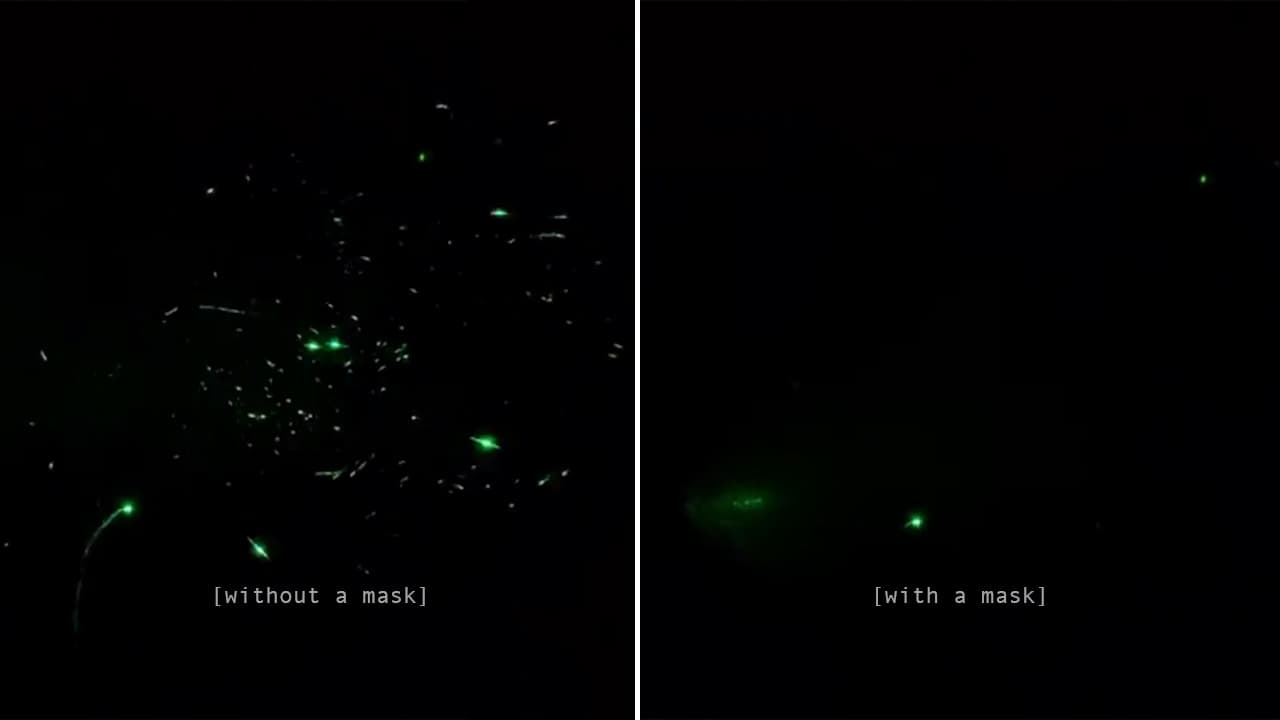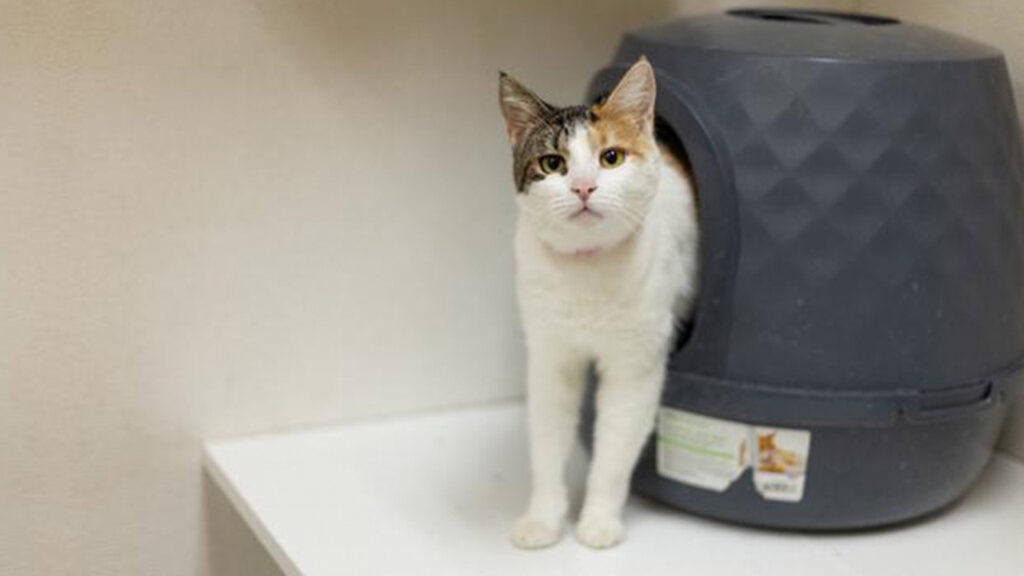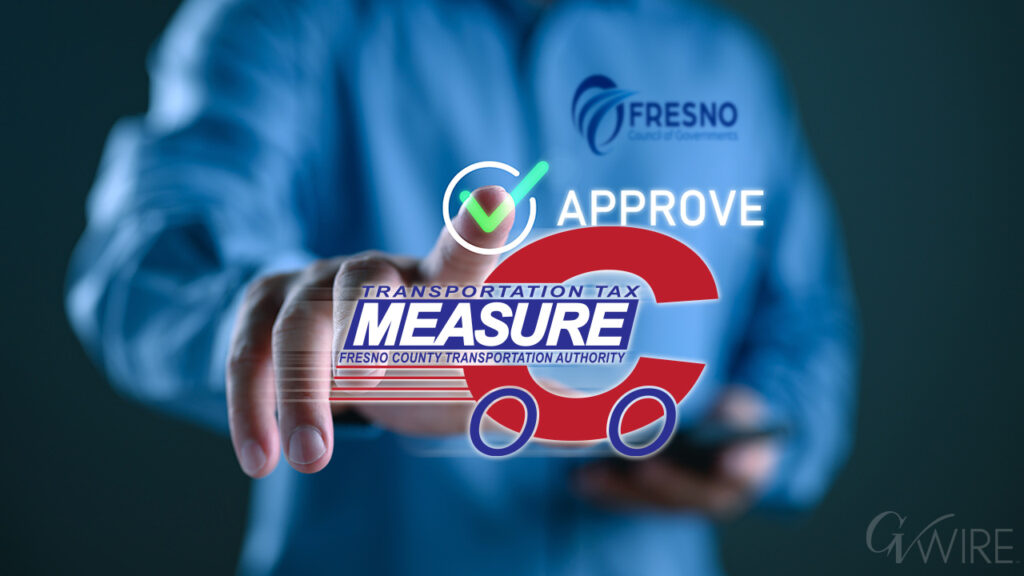Share
COVID-19 droplets stay in the the air longer than SARS or MERS. Much longer, in fact.
The Lancet medical journal found, “viable virus in the air 16 hours after aerosolisation.” In other words, COVID-19 stays in the air for quite a while after someone breaths, talks, or sneezes.
That’s the bad news. But, there is some good news and potential takeaways from the Lancet study.
The Lancet also says you need to rethink how you’re making homemade face masks. In addition, eye protection must also be taken into account because of how contagious COVID-19 is.
[covid-19-tracker]Physical Distance
The Lancet findings showed a reduction in risk of 82% with a physical distance of 1 meter (3.2 feet) in healthcare and community settings. Every additional 1 meter of separation more than doubled the relative protection, with data available up to 3 meters.
The 1–2 meter distance rule in most hospital guidelines is based on out-of-date findings from the 1940s. Studies from 2020 show that large droplets can travel as far as 8 meters.
Face Masks
Many homemade face masks are single-layered. Dr. Derek Chu and his colleagues found that multi-layer masks are more protective than single layer masks.
“A well-designed cloth mask should have water-resistant fabric, multiple layers, and good facial fit,” writes Dr. Chu. “This study supports universal face mask use, because masks were equally effective in both healthcare and community settings when adjusted for type of mask use.”
The Lancet study also found:
- Masks and respirators reduced the risk of infection by 85% with greater effectiveness in healthcare settings (than in the community).
- In a sub-analysis, N95 respirators in healthcare settings were 96% effective compared with other masks, which were 67% effective.
Should you wear a mask when leaving the house? Always. Wearing a mask can reduce the risk of respiratory illnesses like COVID-19 by 40-50%. Download the infographic: https://t.co/U5L11vAYFV pic.twitter.com/kmITmXnv96
— Institute for Health Metrics and Evaluation (IHME) (@IHME_UW) June 13, 2020
Eye Protection
The other important finding for health workers by Chu and colleagues was that eye protection resulted in a 78% reduction in infection.
The authors write, “Infection via the ocular route might occur by aerosol transmission or self-inoculation.”
A previous study in the Lancet said all ophthalmologists examining suspected COVID-19 cases should wear protective eyewear.
On Jan 22, Guangfa Wang, a member of the national expert panel on pneumonia, reported that he was infected by COVID-19 during an inspection in Wuhan. He wore an N95 mask but did not wear anything to protect his eyes. Several days before the onset of pneumonia, Wang complained of redness of the eyes. Unprotected exposure of the eyes to coronavirus in the Wuhan Fever Clinic might have allowed the virus to infect the body.
Study Recommendations
- This study supports universal face mask use, because masks were equally effective in both health-care and community settings when adjusted for type of mask use.
- In regions with a high incidence of COVID-19, universal face mask use combined with physical distancing could reduce the rate of infection (flatten the curve), even with modestly effective masks.
- Universal face mask use might enable safe lifting of restrictions in communities seeking to resume normal activities and could protect people in crowded public settings and within households. (Masks worn within households in Beijing, China, prevented secondary transmission of SARS-CoV-2 if worn before symptom onset of the index case.)
- No one intervention is completely protective and that combinations of physical distancing, face masks, and other interventions are needed to mitigate the COVID-19 pandemic until we have an effective vaccine.
- For healthcare workers on COVID-19 wards, a respirator should be the minimum standard of care.
Fresno County Department of Health
California health officials are bracing for a second COVID-19 wave as soon as July.
Interim Fresno County health officer Dr. Rais Vohra says wearing a facemask is, “a moral obligation.”
Vohra believes face mask use is key to stopping a second wave of COVID-19. “There’s no doubt in my mind that they help slow the spread of illness,” says Vohra. “Even though there hasn’t been that absolute gold standard randomized control trial about the use of masks in coronavirus. If you’re waiting for that, then it’s really going to be too late.”




















